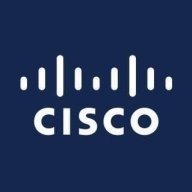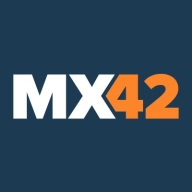


Cisco Meraki Systems Manager (MDM+EMM) and Matrix42 Unified Endpoint Management are key players in the unified endpoint management industry. Users are generally happier with the pricing and support of Cisco Meraki Systems Manager which gives it a slight edge overall.
Features: Cisco Meraki Systems Manager (MDM+EMM) provides comprehensive network and device management, cloud-based architecture, and seamless device enrollment. Matrix42 Unified Endpoint Management offers extensive automation capabilities, high customization, and a strong software deployment system.
Room for Improvement: Cisco Meraki Systems Manager (MDM+EMM) needs to improve reporting capabilities and dashboard performance and should refine its analytics. Matrix42 Unified Endpoint Management requires a more intuitive setup, better third-party tool integration, and enhanced ease of setup and interoperability.
Ease of Deployment and Customer Service: Cisco Meraki Systems Manager (MDM+EMM) is noted for its straightforward deployment and robust customer support. Matrix42 Unified Endpoint Management has a strong deployment process but needs more technical expertise.
Pricing and ROI: Cisco Meraki Systems Manager (MDM+EMM) is known for its competitive setup costs and quick ROI. Matrix42 Unified Endpoint Management has higher setup costs but provides significant returns with its advanced feature set that offers better long-term value.



Microsoft Intune provides centralized management of mobile devices and applications, ensuring security, compliance, and productivity through integration with Microsoft services like Microsoft 365 and Azure Active Directory.
Organizations use Intune for managing mobile devices and applications, enhancing security and compliance across platforms. With features like single sign-on, conditional access, and zero-touch deployment via Autopilot, it facilitates efficient operations. Intune's scalability, easy enrollment, and capabilities such as remote wipe support diverse device management, offering robust data protection and efficient operation. Despite its features, improvement areas include reporting, compatibility with non-Microsoft devices, and better support for macOS and Linux devices.
What are the key features of Microsoft Intune?
What benefits should users look for in reviews?
In industries such as finance, healthcare, and education, Microsoft Intune is implemented to ensure secure and compliant device management. Companies leverage its capabilities to deploy security policies and manage both corporate-owned and BYOD environments, facilitating a unified approach to data protection and compliance.
Every user is unique. Every device, a bit different. Systems Manager keeps the network in the loop about constantly changing devices, automatically tracking device posture and adjusting security policies to match.
Silverback offers easy, scalable and secure device management for tablets and smartphones, including Android for Work, Windows 10 Mobile, iOS, and Mac OS.
We monitor all Enterprise Mobility Management (EMM) reviews to prevent fraudulent reviews and keep review quality high. We do not post reviews by company employees or direct competitors. We validate each review for authenticity via cross-reference with LinkedIn, and personal follow-up with the reviewer when necessary.